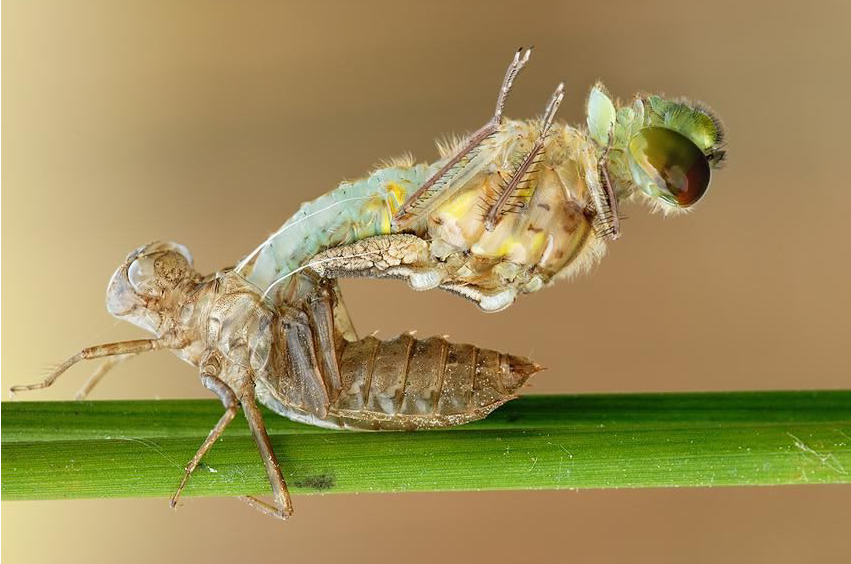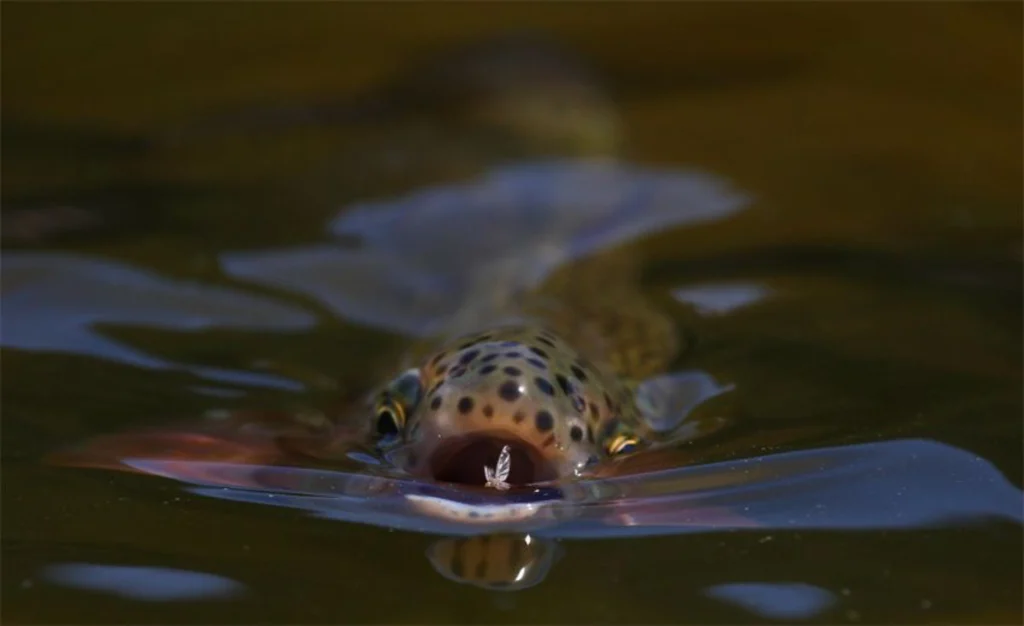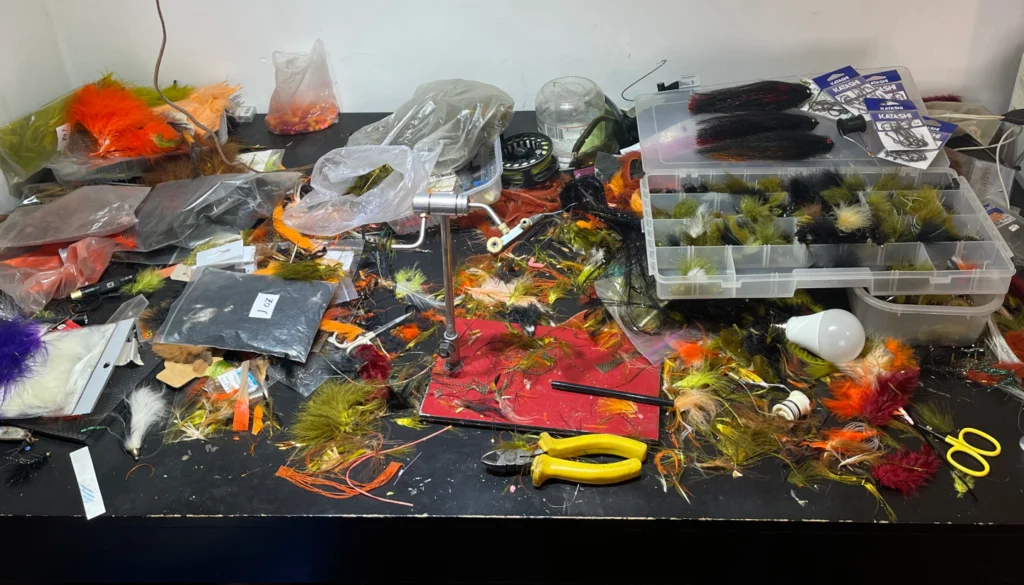Entomology for Fly Fishing - Part II
Home - Entomology for Fly Fishing - Part II
Search Here
Recent Posts

Need Help? Call Us
+54 9 2944505509

A few words on the Scientific Approach
In the first part of this series, we introduced the idea that fly fishing is more than casting—it’s about understanding what trout eat and how they behave. To take the next step, we need to look at two key building blocks: taxonomy (the scientific classification of insects) and their life cycles. Both concepts are essential because they directly influence how, when, what and why trout feed, and therefore which fly patterns we choose.
Taxonomy: Criteria to classify insects
Taxonomy is the science of classifying living organisms into hierarchical groups. At the broadest level we speak of domains and kingdoms, while at the most specific we identify the species. For fly fishers, it’s not necessary to memorize every level, but knowing the orders of insects is crucial. Orders group insects that share similar characteristics and, importantly for us, similar appearances and behaviors on the water.
Figure 1: Taxonomy – How animals are classified

For fly fishing, the most relevant orders of aquatic insects are:
- Ephemeroptera (Mayflies) – Delicate, upright-winged insects with short adult lives.
- Plecoptera (Stoneflies) – Strong-bodied nymphs from fast-flowing rivers, clumsy as adults.
- Trichoptera (Caddisflies) – Tent-winged adults, with larva and pupa that are vital food sources.
- Diptera (Midges and others) – Tiny, two-winged insects, often abundant year-round.
- Odonata (Dragonflies and Damselflies) – Large predators with striking nymphs.
These groups cover most of the “hatches” of aquatic insects trout focus on. Recognizing them—and knowing how they develop—helps you decide whether to fish a nymph, emerger, dun, spinner, or adult imitation .
Life Cycles: From Egg to Adult
Aquatic insects grow through metamorphosis, and understanding the stages is critical to imitating them properly. There are two main models:
- Incomplete Metamorphosis (Hemimetabolous)
Insects like mayflies and stoneflies develop gradually: egg → nymph → adult. Nymphs already resemble adults and live underwater, where trout eat them year-round.
- Complete Metamorphosis (Holometabolous)
Insects like caddisflies and midges go through more dramatic changes: egg → larva → pupa → adult. Larvae and pupae look nothing like adults, which means trout target very different forms at different times
Figure 2: Models of metamorphosis

Applying Life Cycles to Fly Fishing
- In our case, the hemimetabolous model describes the metamorphosis of Ephemeroptera, Odonata, and Plecoptera. In these orders, the nymph already resembles the adult form to some extent, so we do not observe any worm-like stages.
- By contrast, the holometabolous model applies to Trichoptera and Diptera. In these groups, development includes a pupal stage: the larval forms are worm-like and bear little resemblance to the adult.
Each stage presents opportunities:
- Nymphs and Larvae: Since insects spend most of their lives underwater, trout feed heavily on these stages. Patterns like the Pheasant Tail (mayfly nymph) or Caddis Larva are staples.
- Emergers and Pupae: When insects rise to the surface, they are vulnerable. Soft Hackles are probably the most famous flies to imitate this moment.
- Adults (Duns, Spinners, and Egg-layers): Trout often feed selectively during hatches. Classic dry flies such as the Adams (mayfly) or Elk Hair Caddis become essential.
- Spent Adults: After mating, many insects die on the water (“spent spinners”), providing easy meals. Patterns with splayed wings imitate these.
Why It Matters on the Water
Knowing taxonomy and life cycles is not about sounding scientific—it’s about matching the conditions on the water. Reading a trout’s behavior is also extremely useful to infer what it might be feeding on. This, together with a more detailed description of the most important orders will be the content for the upcoming parts of this series.
Stay tuned for Part 3 of Entomology for Fly Fishing.




